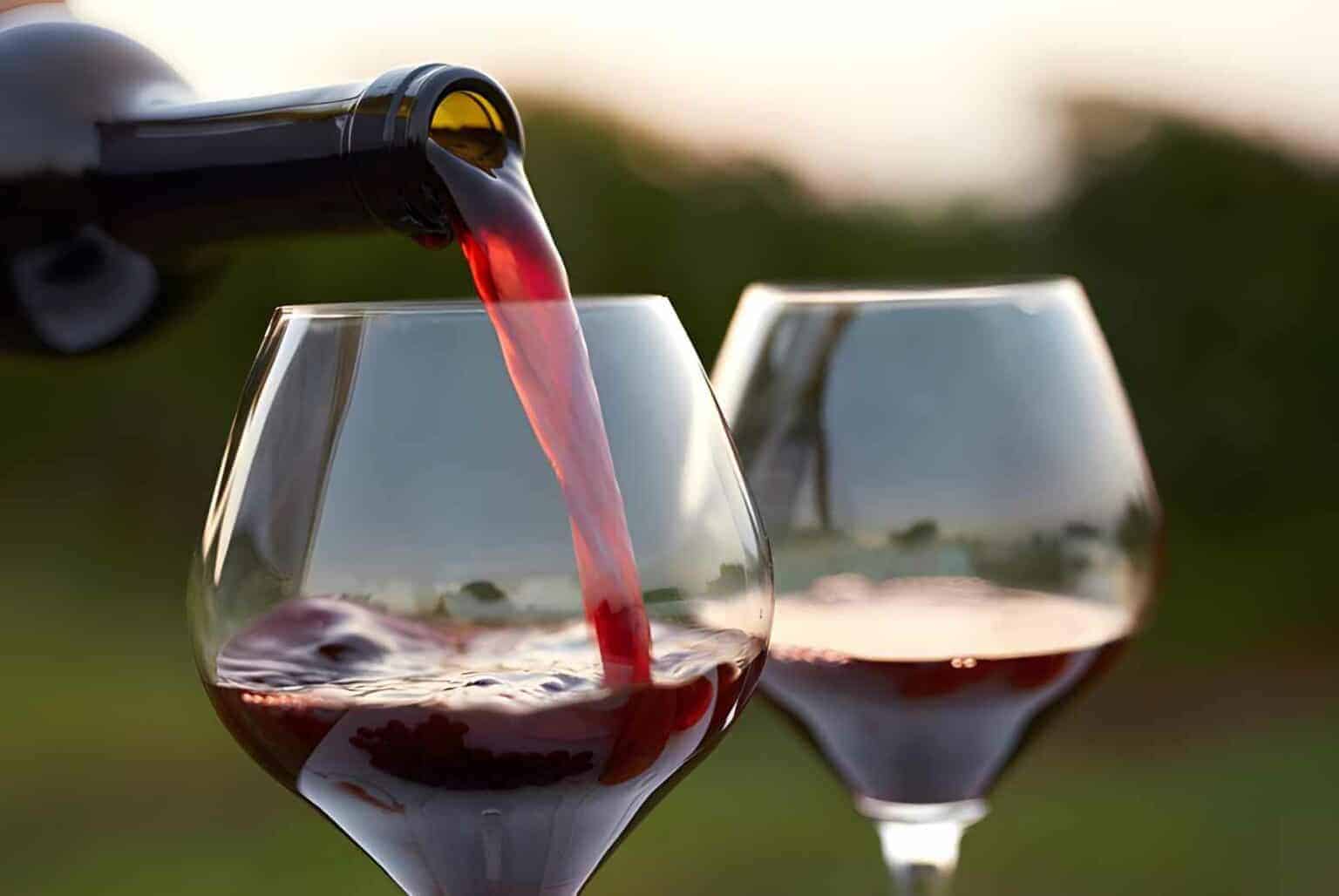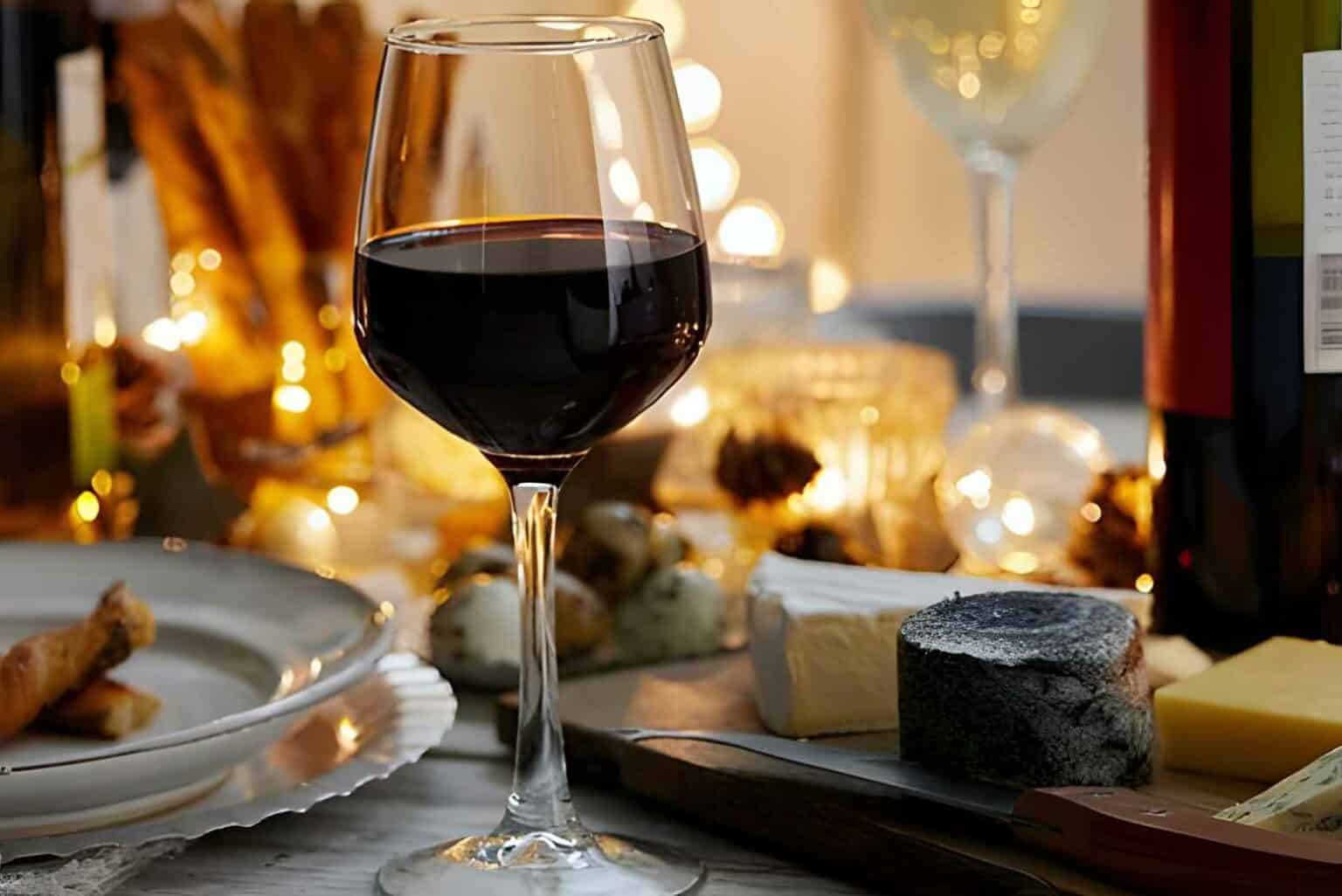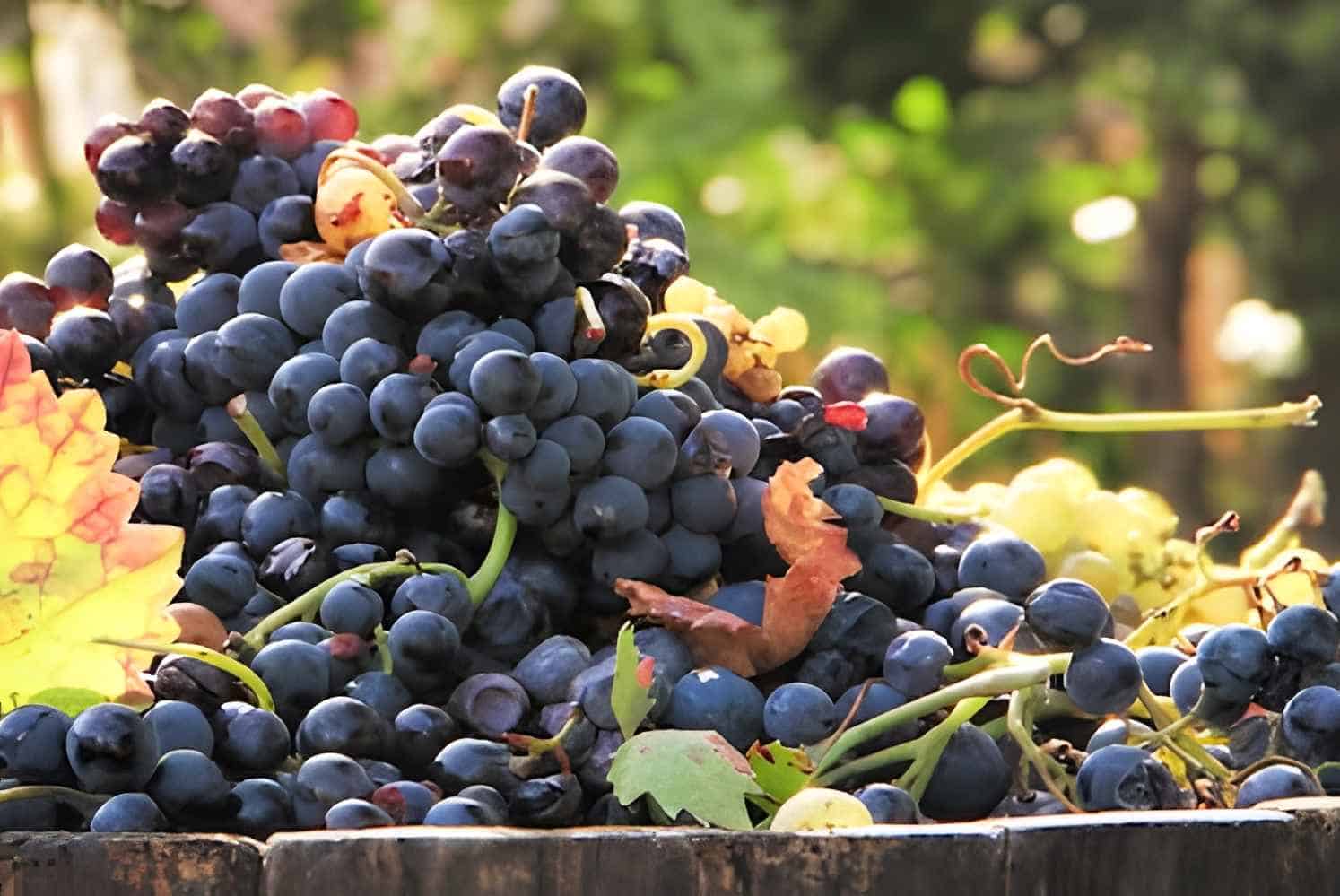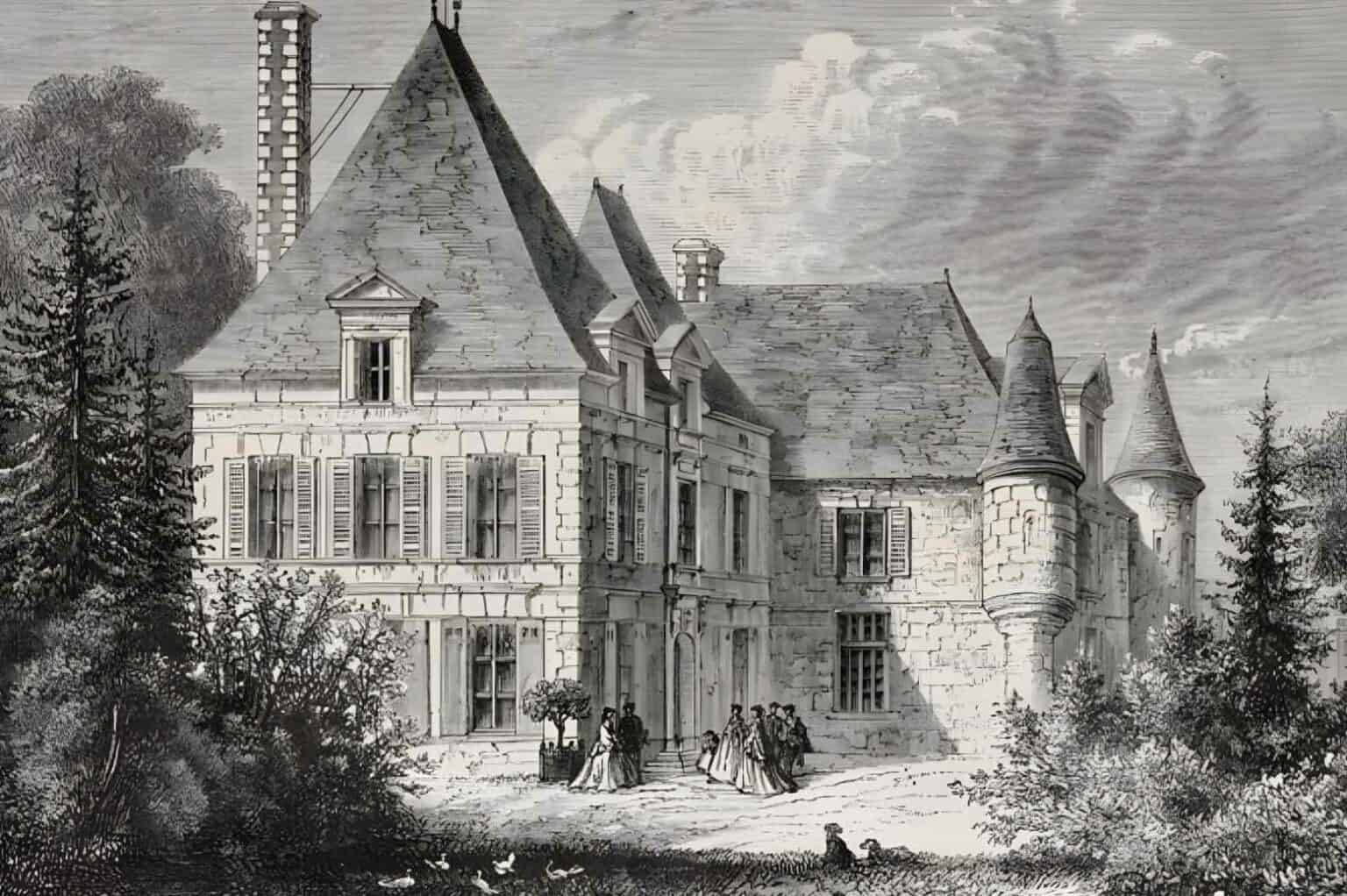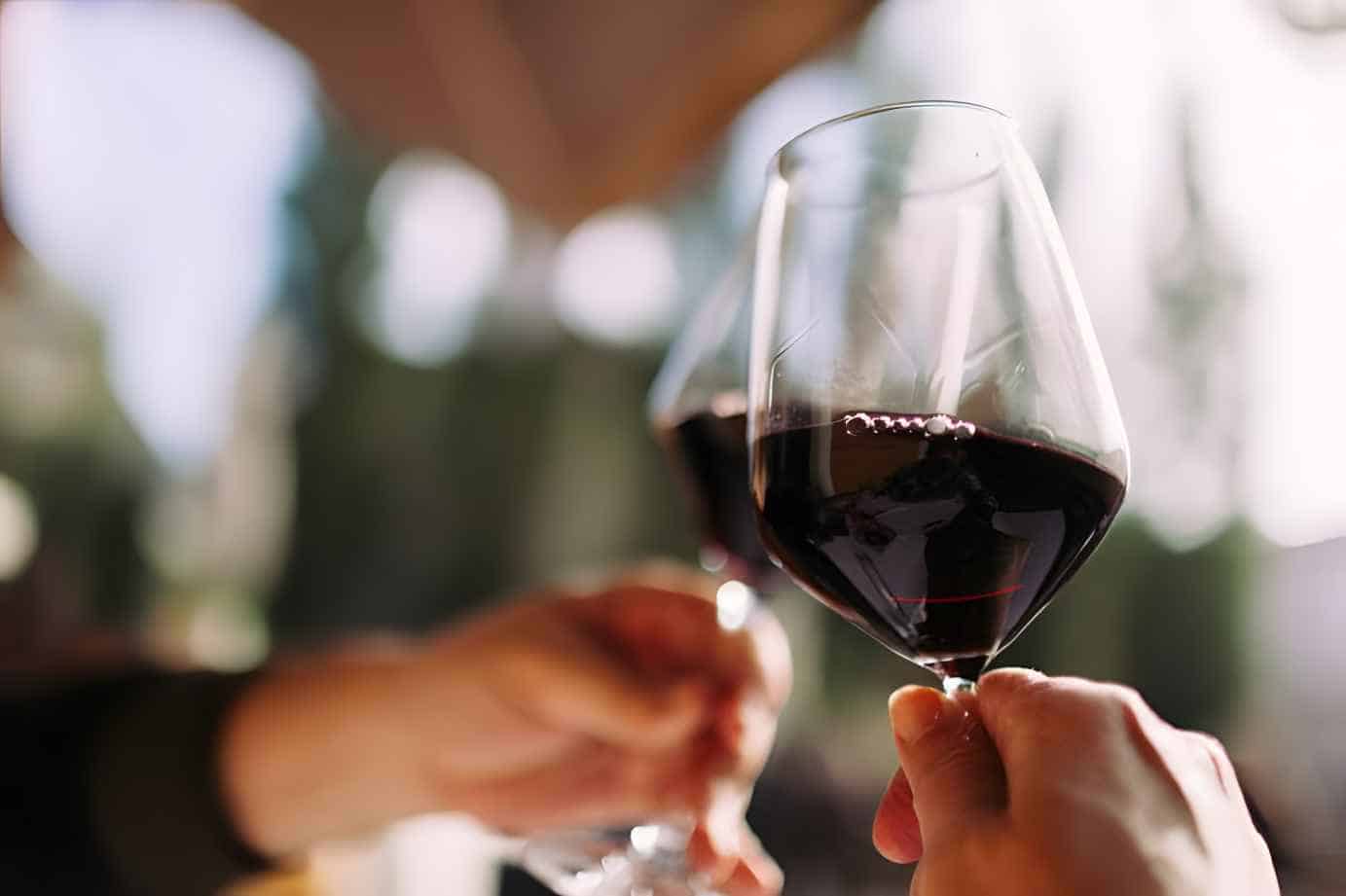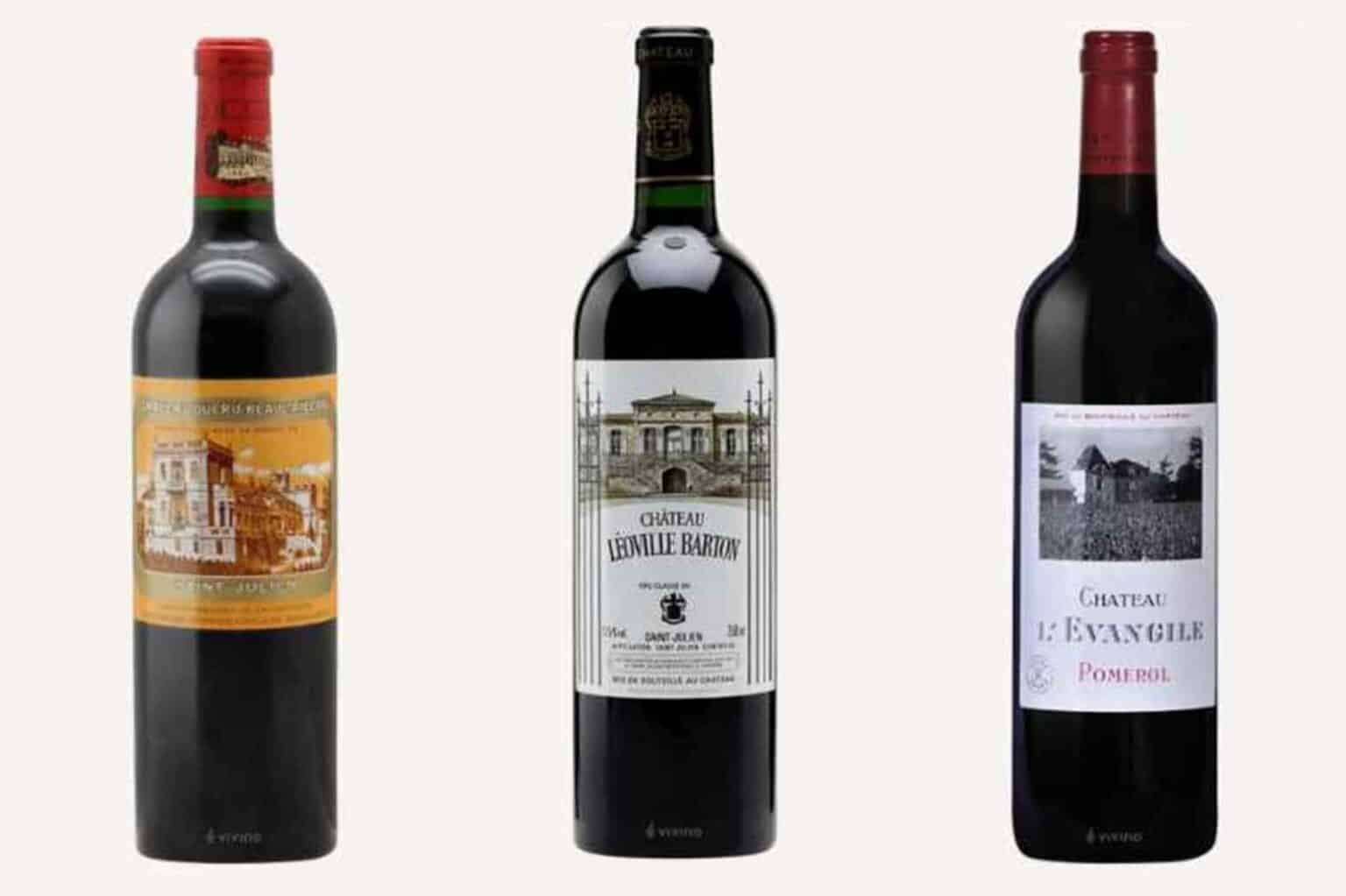Claret wine is the British slang for wines from the Bordeaux region in France. In this article, we will tell you all about what is claret wines, their origins, and their taste. By the end of the article, you will learn all you need to know about claret wine.
What is Claret Wine?
| Origin | France |
| Commonly made with | Cabernet Sauvignon, Cabernet Franc, and Merlot |
| Color | Deep Red and White |
| Taste | Bold in Flavors |
| Texture | Dry |
| Sugar Content (per liter) | Less than 100g |
| ABV | 13.5-15% |
| Biggest Producers | Bordeaux, France |
Claret wine or Bordeaux wine is the common name for the wine produced in the Bordeaux region of France. It features a bold red color, although the type can vary depending on the winery.
It sits on a higher ABV at 13.5 to 15%, so it will make you drunk faster. It also has lesser sugar content as the wine tends to be dry and fruity.
Although the name claret wine is not present on most labels, the stamp of Bordeaux proves the same. Most of those with a claret wine label are bottles for Britain as it’s the local term for the wine.
Although claret wine can appear as an umbrella term for every wine from the region, it includes explicitly bold red wines. Clairette is the term for the white wines in the same area.
The region produces wine with varying tastes and textures. Since there are more than 54 appellations and thousands of producers, there are many claret wines to choose from.
Under EU law, wineries outside Bordeaux are not allowed to label their wine as Claret even though it uses the same blend. For example, Meritage wines from the Napa region have the same Bordeaux-style wine grapes blends but can’t use the label.
How is Claret Wine Made?
The claret wine is made in the Bordeaux region, the Southwestern part of France. The area is known for its calcium-rich soil. The 120,000 hectares of land is now one of the prime suppliers of wine grapes and wine worldwide.
The area produces millions of wine bottles per year, including claret wine. Common red varieties of grapes are used, such as Cabernet Sauvignon, Cabernet Franc, and Merlot, to make the wine. It’s not rare to see claret wines made with three or more blends of red wine grapes.
Other blends also incorporate darker fruits, such as plums and blackberries, to add a fruitier note to the mix. Spices are also added to let it have an earthy flavor. Intense flavors of cedar and oak are also infused through the fermentation stage.
Since there are many appellations in the area, every place and winery have distinct ways to make its claret wine. It’s best to base the production method on the chateaux it came from.
As the temperature in the area increases, a couple of other wine grapes are approved as a substitute. Namely, Marselan, Castets, Touriga Nacional, and Arinarnoa. These wine grapes are hardier against higher temperatures compared to different varieties.
History of Claret Wine
Although it originates in France, the production of claret wine didn’t start until the Romans introduced the area to the beverage. Since the mid-1st century, the Bordeaux area has been a leading producer of wine in Europe.
Since then, the unique blends of Bordeaux wine have also made their way to England. Hence, it has a local and French term for the exact wine.
Many records throughout the history of wine being labeled as claret wine; some are even as old as the advent of wine bottles.
The area of Bordeaux has been a prime location for many chateaux. The Dordogne and Garonne Rivers join the site and provide irrigation for the plantation. The rich and nutrient-filled soil also helps maintain the area as an excellent spot for winemaking and plantation.
However, due to rising temperatures, there are a few threats to the ecosystem of Bordeaux. In 2019, the board added various wine grape varieties in the area that are hardier and less susceptible to higher temperatures.
Still, the production of claret wine will not stop anytime soon. The Bordeaux region still produces millions of bottles annually and has millions of vintage bottles in circulation.
Taste and Appearance of Claret Wine
Claret wines differ a lot in taste. It mostly settles down onto the wine grapes that are used for it. Most claret wines have one or a couple of wine grapes in their blend. Depending on your blend, it can vary a lot in flavors.
However, most have a bold and dry flavor. It’s smooth in the throat but is pungent with tannins and a deep grape taste. Since it has low sugar content, the wine is not that sweet, relying more on the natural fruit taste.
The appearance of the claret wine is primarily deep red. However, vintage blends of the wine can have a more deep purple color. This is due to the higher amount of tannins in the bottle.
The word does not describe dry or dessert white wine from the area. Although some labels can have claret wine as a label for white and dessert wines, the correct term is Clairette.
Most claret wines are everyday table wines from France. They vary significantly in price and quality with every winery. It’s best to look out for the taste you want based on the part of Bordeaux it came from rather than the Claret wine label.
How to Drink Claret Wine?
New to drinking Claret wine? There are ways you can elevate your glass of Claret, such as:
Pair it with Meat
Since claret wines are made with a high concentration of red wine grapes, paring it with hearty meat and meal is the perfect combination. The large quantity of tannins per glass helps break down the fat from the steak or fish. It also lets the flavors from the steak or fish be more intense.
Higher quality meat such as Stroganoff or marinated lamb will do great with claret wine. As the flavors of the wine are not that overwhelming, it can make the natural marinades of the dish stand out.
It might be surprising, but hamburgers are an excellent partner with Claret wines. It might be far from the fine-dining menu, but the combination of meat, cheese, and vegetables will blend well with the flavors of the drink.
Best with Cheese Boards
Since Claret wine is milder in flavor, pairing it with soft cheese such as Brie or Zamorano is an excellent choice. It provides a creamy yet gentle accompaniment to the wine. Adding some sweet grapes or saltine crackers can elevate your wine, making it a perfect charcuterie partner.
If you want more pungent cheese, such as cheddar, the wine should also be bolder in flavor. Intense flavors can easily overpower the Claret wine if not balanced out.
Palate Cleanser
Since Claret wines have many tannins, making it a palate cleanser is perfect. As stated, it’s best paired with a hearty meal. Drinking a sip of wine with every bite can elevate the flavors and reset your palate every time.
Try Decanting Your Claret Wine
Since Claret wines are rich with tannins, decanting and aeration can make the blend milder and smoother to drink. You can let your wine breathe for a few minutes before you drink it. Take a sip, and you might find a richer yet smoother wine flavor.
Claret Wines You Should Try
You don’t know where to start in searching for your Claret wines? Well, we got you. Here are some of the most popular Claret wines you should try.
1. 2009 Château Ducru-Beaucaillou Saint-Julien (Grand Cru Classé)
This award-winning wine from Saint Julien, Bordeaux, is an excellent choice for a Claret wine. Although it sits on the pricier side, you can ensure that every sip is worth it. It has a deep purple color and is the perfect accompaniment to any steak or lamb dish.
It has notes of blueberries and cherry with an oak finish. It’s also one of the highest-rated vintages in the area.
2. 2010 Château Léoville Barton Saint-Julien (Grand Cru Classé)
This claret wine is for you if you love some intense blackcurrant, plum, and blueberry notes. It also has hints of cedar and oakwood from the fermentation stage. It’s both fruity and dry with earthy notes.
3. 1967 Château l’Évangile Pomerol
A red wine from Pomerol, this Claret wine is a certified vintage bottle. Since it’s an old bottle, stronger hints of chocolate and bark are present in every sip. However, intense notes of fruits persist, especially when properly stored.
If you love some 50-year-old wine, this Claret variety from Pomerol is an excellent choice. It will provide the dryness and earthy flavors you will not get from a newer blend.
In Summary
The Claret wine offers many excellent flavors with every sip. We hope this article answered your queries about what claret wine is. With every flight and glass, we assure you that you can enjoy it with a meal or alone.

George Moore, co-founder of Wine Flavor Guru, is a charismatic entrepreneur with a rich background in California’s wine industry. Alongside Sylvia, he transformed a Sonoma County vineyard into a source of premium wines. George’s expertise in sourcing exceptional grapes and his approachable style make wine appreciation both accessible and engaging.
